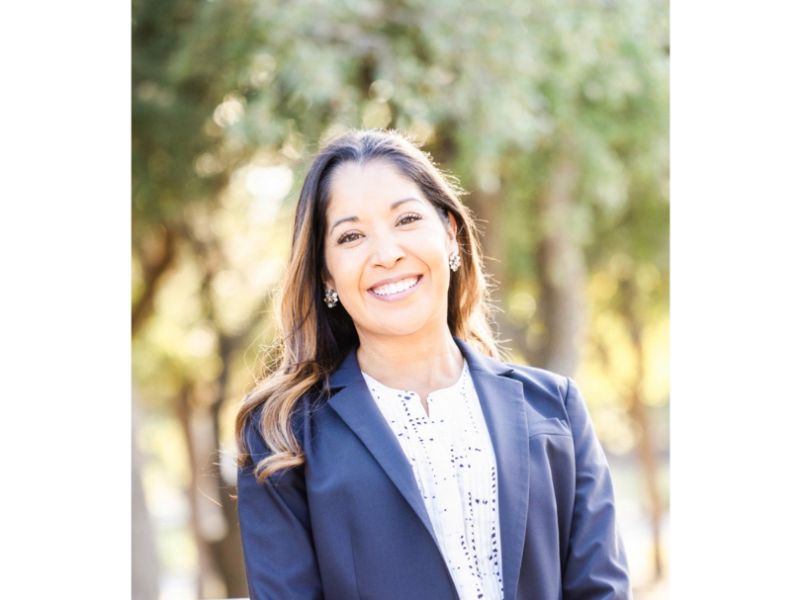Posted on September 16, 2020 by Amanda Cerreto
This article originally appeared on News4SA by Morgan Burrell.
SAN ANTONIO – New COVID-19 cases at UTSA are being tracked and studied by students at the university.

It is part of a new program where students learn to become contact tracers and work alongside Metro Health professionals.
“There are a lot of preventive measures we can do to make sure that we don’t allow the disease to spread further,” said Erica Sosa, a UTSA assistant professor in public health.
The university reported 5 students and 1 member of its staff or faculty as testing positive Friday.
Sosa, who is leading the program at UTSA, said the university has had a comprehensive approach to the pandemic and is looking for ways to minimize spread.
“We’re following up with the people who are potentially exposed and letting them know so they can go get tested themselves,” Sosa said.
Sosa added that 20 seniors signed up to join the program and join the first line of defense.
Most of the students are already studying public health and have completed coursework that pertains to contact tracing.
“This is really their experiential learning opportunity to kind of put it all into play,” Sosa said.
Students also act as ambassadors of the university and connect other students with resources they might need.
“One thing that makes contact tracing difficult is a lot of people don’t understand what it is and when somebody does contact them to talk about the potential exposure they may be a little bit leery of it, or they may not understand what’s going on,” Sosa said. ” So we’re doing a lot of editing education outreach to the UTSA community to really let them know about this.”
Sosa added that with so many lessons to learn, the course could stick around as long as there are cases to investigate.
“It’s also important to understand how we can do something about pandemics other than just the vaccination,” Sosa said.
The university is already considering offering the course next semester to students who are interested in the studies.
“We’re looking at offering it in the spring as well, because there will probably be a need and a use for it at that point,” Sosa said.

